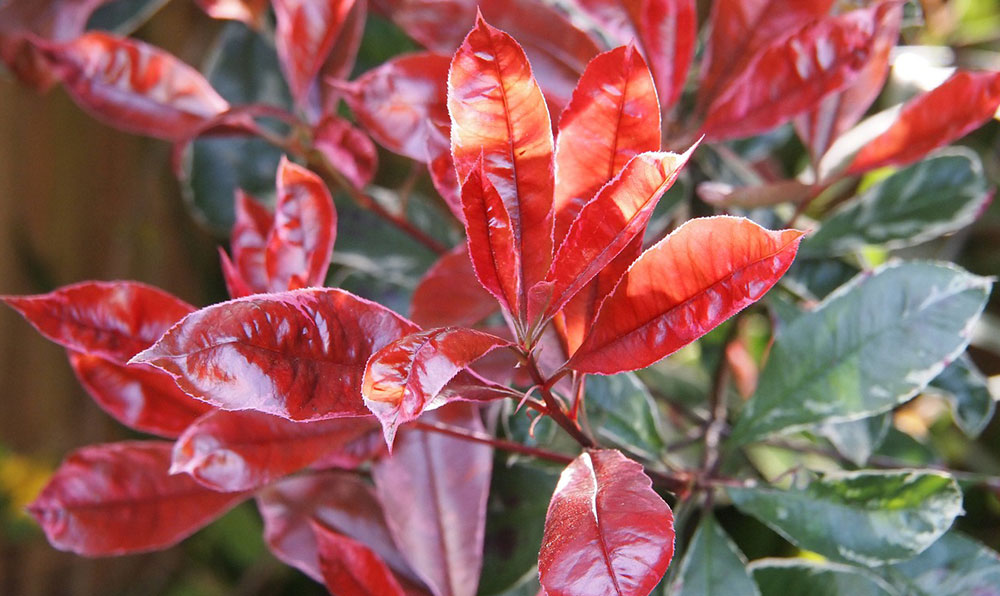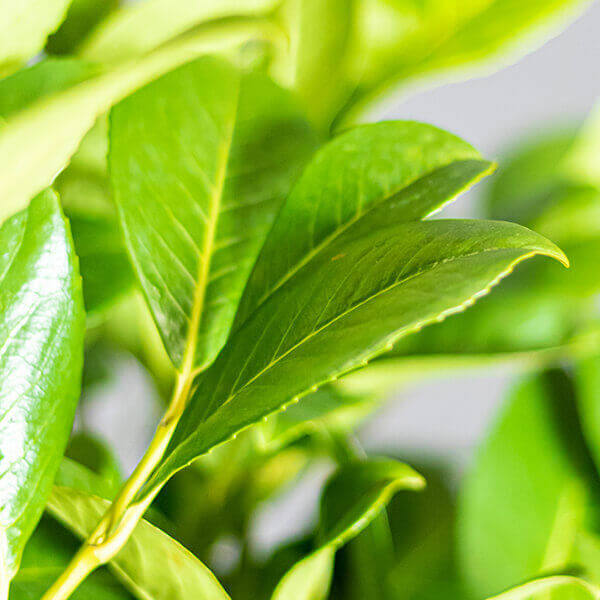Hedge Plants For Mixed Plantings
Hedge Plants For Mixed Plantings
Blog Article
Hedge Plants For Garden Design
Boost your garden's attraction with lavish hedge varieties such as Yew (Taxus), Thuja, Laurel, Photinia, and Bamboo, commemorated for their structural integrity and ecological benefits.
Yew and Thuja offer evergreen protection and winter season durability, while Laurel uses rapid growth and broad, aromatic leaves.
Photinia adds seasonal appeal with its lively red foliage, and Bamboo lends a low-maintenance, peaceful ambiance.
These hedges improve air quality, lower noise, and produce tranquil, personal areas.
Proper planting, spacing, and upkeep make sure energetic growth and environmental consistency.
Check out how these lush varieties can raise your garden's appeal and wellness.
Key Takeaways
Transform Your Garden With Lush Hedge Ranges
- Select Yew for its thick, evergreen development and unparalleled durability.
- Go with Laurel for its fast growth and broad leaves, ensuring quick personal privacy.
- Select Photinia for its lively seasonal foliage, which turns a striking dark red.
- Make use of Bamboo for a low-maintenance, winter-hardy hedge with visual appeal.
- Area plants 2-3 per meter and prune regularly for ideal development and health.
Popular Hedge Plants
When changing a garden with lavish hedge ranges, it's necessary to think about popular hedge plants such as Yew, Thuja, Laurel, and Photinia due to their unique characteristics and benefits.
Yew (Taxus) is highly esteemed for its durability and thick, green development, making it a prime option for sustaining landscapes.
Thuja is kept in mind for its evergreen foliage and robust winter season durability.
Photinia includes seasonal vibrancy with red leaves that darken with time, developing vibrant visual appeal.
Laurel uses quick development and fragrant, broad leaves, suitable for fast personal privacy.
In Addition, Bamboo is an exceptional option for atmosphere, providing a low-maintenance, winter-hardy option that enhances the garden's visual with its classy, swaying walking sticks.
These selections cater to a variety of horticultural requirements and choices.
Benefits of Garden Hedges
Garden hedges offer a wide range of benefits, making them a valuable addition to any landscape. These natural barriers are cost-effective to carry out and offer significant wind defense, improving air circulation and adding to noise reduction. The thick foliage of hedges like Thuja and Beech guarantees privacy by blocking exposure, developing a remote and peaceful environment.
Hedges also play a vital role in microclimate guideline, supplying a stable environment that cultivates plant growth and decreases temperature fluctuations. Their detailed leaf structures filter contaminants, enhancing air quality and contributing to a much healthier garden ecosystem.
Additionally, hedges excel in sound reduction, taking in and deflecting sound waves to lower ambient sound levels. This dual functionality of supplying both visual and acoustic personal privacy enhances the total tranquility and aesthetic appeal of any garden.
Planting and Upkeep Tips
For a successful hedge, precise preparation of the planting location is crucial. Guarantee the soil has proper pH and drainage to support strong root advancement.
Space the plants appropriately for the picked species. Water the hedge often throughout its preliminary growth phase, changing as needed with seasonal changes.
Carry out a systematic pest control and disease avoidance method, utilizing chemical or organic treatments when essential. Regularly inspect for aphids, termites, and fungal infections.
Apply mulch to maintain wetness and reduce weeds. Seasonal pruning promotes dense growth and air flow, important for plant health.
Following these standards will assist you cultivate a vibrant, well-kept hedge that improves the charm of your garden.
Spacing and Cutting Standards
Spacing and Cutting Standards
Correct spacing and cutting are vital for cultivating healthy, aesthetically appealing hedges. Appropriate spacing makes sure each plant gets enough nutrients, light, and air flow.
Follow these standards for optimum hedge upkeep:
- Spacing: Position hedge plants 2-3 plants per meter to motivate robust growth.
- Pruning Methods: Regular pruning is important for maintaining desired hedge height and shape. Trim new growth in summer season and cut down older wood throughout winter.
- Seasonal Care: Adjust trimming schedules and methods according to seasonal requirements to make sure plant health.
- Hedge Height: Frequently screen and trim to maintain the desired hedge height and attain consistent looks.
Following these steps will guarantee your hedge prospers, enhancing both the appeal and performance of your garden.
Picking the Right Hedge
Selecting the Right Hedge
Selecting the proper hedge includes evaluating aspects such as fully grown height, foliage density, and ecological strength. Successful hedge plant selection needs understanding each types' development characteristics and site-specific flexibility.
For example, Yew (Taxus) uses outstanding longevity and thick growth, while Thuja is significant for its winter strength. Furthermore, thinking about maintenance requirements is vital; fast-growing species like Laurel or Privet need regular cutting, whereas low-maintenance options like Bamboo or Ivy may be preferable for those looking for minimal maintenance.
Ecological elements such as soil type, light schedule, and moisture conditions must also direct the choice process. This cautious technique ensures the selected hedges will grow, providing both visual and functional benefits to the garden landscape.
Delivery and Planting Recommendations
To guarantee your hedge plants flourish, they must be provided by specialized couriers and planted immediately upon arrival.
Follow these necessary steps for successful planting:
- Soil Preparation: Enhance the soil with raw material to enhance drainage and nutrient content.
- Planting Depth: Produce a trench two times the width and equivalent to the depth of the root ball.
- Watering Techniques: Water thoroughly after planting, keeping the soil consistently damp however not filled.
- Mulching: Use a layer of mulch to keep wetness and suppress weeds.
Consumer Assistance and Service
Offered the vital role of prompt help in horticultural pursuits, our client assistance group is offered 6 days a week through telephone, email, and social media to use expert recommendations and promptly address any issues. Their dedication to quick response times ensures customer satisfaction by dealing with queries associated with plant health, ideal planting techniques, and maintenance schedules.

Interaction Method
Within 24 hours
This detailed support group, reinforced by a stellar 9.3/ 10 customer score, highlights our dedication to boosting the gardening experience for every single customer.
Regularly Asked Concerns
How Long Does It Consider Hedge Plants to Develop?
Hedge plants generally require one to 3 years to end up being totally developed, with the specific period differing by types and growing conditions.
Efficient care during this crucial duration is essential for robust development. Constant watering, vigilant weed control, and appropriate fertilizer application are pivotal in promoting strong root advancement.
For instance, fast-growing types like Laurel might establish quicker, while slower-growing varieties such as Yew may take longer. Thorough upkeep accelerates the establishment process, leading to healthy and thick hedges.
What Are the Finest Hedge Plants for Privacy?
The question of the finest hedge plants for personal privacy involves evaluating evergreen and deciduous options.
Evergreen hedges like Thuja, Laurel, and Cypress supply year-round protection, ensuring continuous personal privacy.
In contrast, deciduous hedges such as Beech offer seasonal personal privacy, shedding leaves in chillier months.
Key upkeep ideas for privacy hedges consist of regular trimming, fertilizing in spring, and appropriate spacing-- generally 2 to 3 plants per meter.
In addition, constant watering and diligent weed elimination are important for promoting healthy, dense development.
Can Hedge Plants Attract Wildlife to My Garden?
Yes, hedge plants can bring in wildlife to your garden by offering essential advantages like shelter, food, and nesting sites, consequently enhancing regional biodiversity. Yew, holly, and laurel are exceptional for bring in birds, while ivy supports a range of pests.
Nevertheless, it is necessary to note that there are some downsides, such as increased maintenance to handle pests and routine maintenance. Carefully picking and maintaining hedge ranges can help stabilize these downsides and benefits, eventually cultivating a dynamic and sustainable ecosystem in your garden.
Exist Any Flowering Hedge Plants Available?
Yes, there are flowering hedge plants offered that can boost the beauty of your garden.
For example, Elaeagnus, likewise understood as Olive Willow, produces fragrant white flowers in the fall, including a touch of elegance.
Photinia, another popular choice, showcases dynamic red leaves that grow into an abundant green, developing a dynamic visual result throughout the seasons.
To ensure these plants flourish, it's vital to practice correct pruning techniques and seasonal maintenance, such as trimming new development in the summer season and cutting down in the winter season.
These measures will help maintain the health and aesthetic appeal of your flowering hedges.
How Do I Prevent Pests in My Hedge Plants?
To prevent insects in hedge plants, utilize natural insect control approaches and maintain proper hedge care. Introduce advantageous insects like ladybugs, which take advantage of hazardous insects, to create a balanced ecosystem.
Regularly inspect your hedges for signs of infestation and quickly eliminate any affected parts to prevent the spread. Make sure the health of your hedges by using well balanced fertilizers and offering sufficient water.
Use mulching to retain soil moisture and correct spacing to minimize plant tension and promote robust development. These practices jointly assist in reducing bug problems and preserving a healthy hedge.
Conclusion
In essence, choosing the right hedge ranges such as Yew, Thuja, and Laurel can change any garden into a relaxing haven. These plants supply year-round plant, enhance aesthetic appeal, and deal practical benefits like sound reduction and wind protection.
Correct planting methods, accurate spacing, constant watering, and seasonal cutting are important for optimum development.
Trustworthy delivery services and skilled client support make sure a seamless experience from purchase to planting, making it simpler than ever to raise your outdoor area.
Garden hedges provide a multitude of advantages, making them a valuable addition to any landscape. These natural barriers are cost-efficient to execute and supply considerable wind defense, improving air blood circulation and Browse around this site contributing to sound reduction. The thick foliage of hedges like Thuja and Beech ensures privacy by obstructing visibility, producing a remote and tranquil environment.

Pruning Techniques: Routine pruning is vital for preserving desired hedge height and shape. Cut brand-new growth in summer and cut back older wood throughout winter.
Report this page